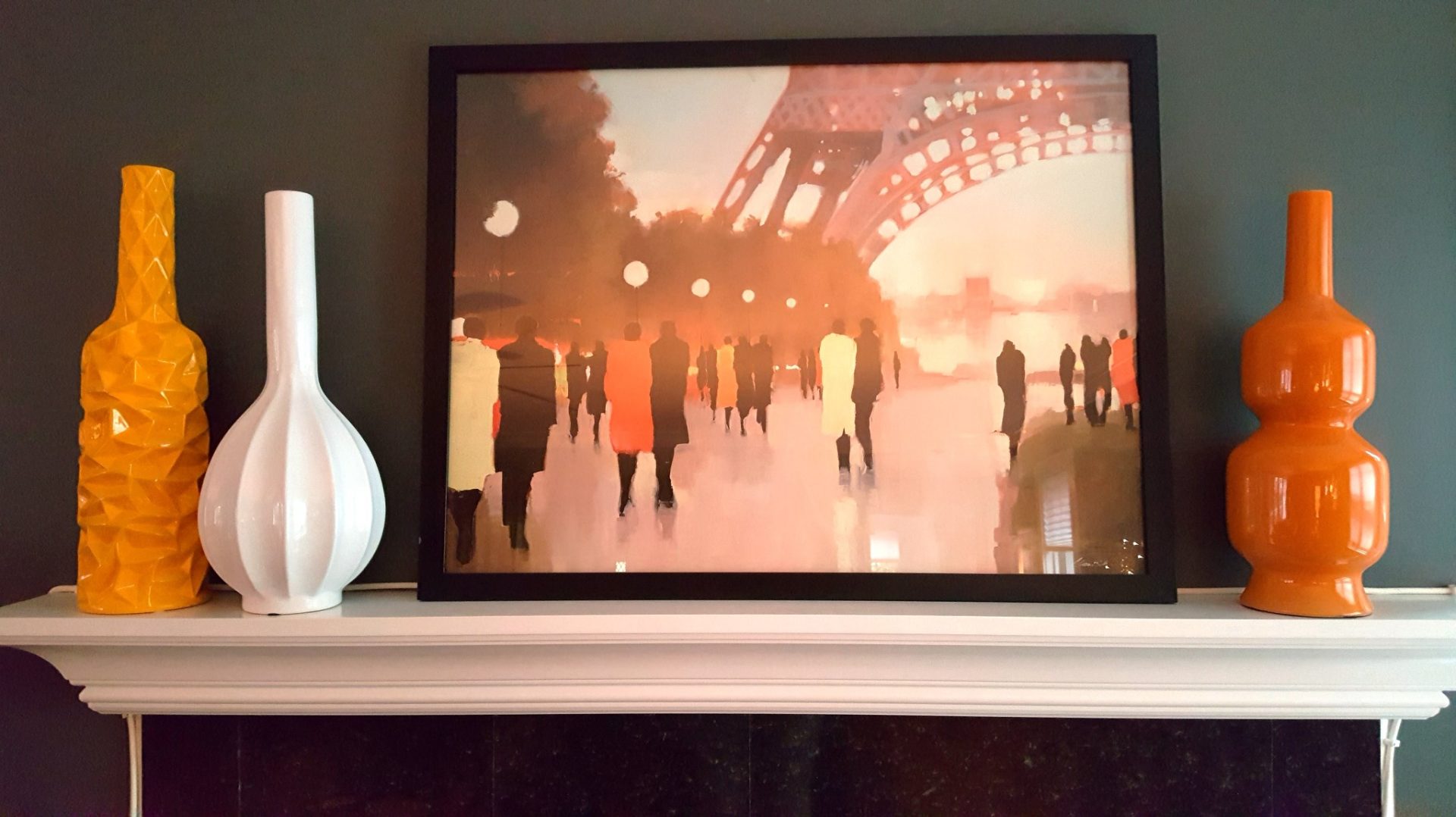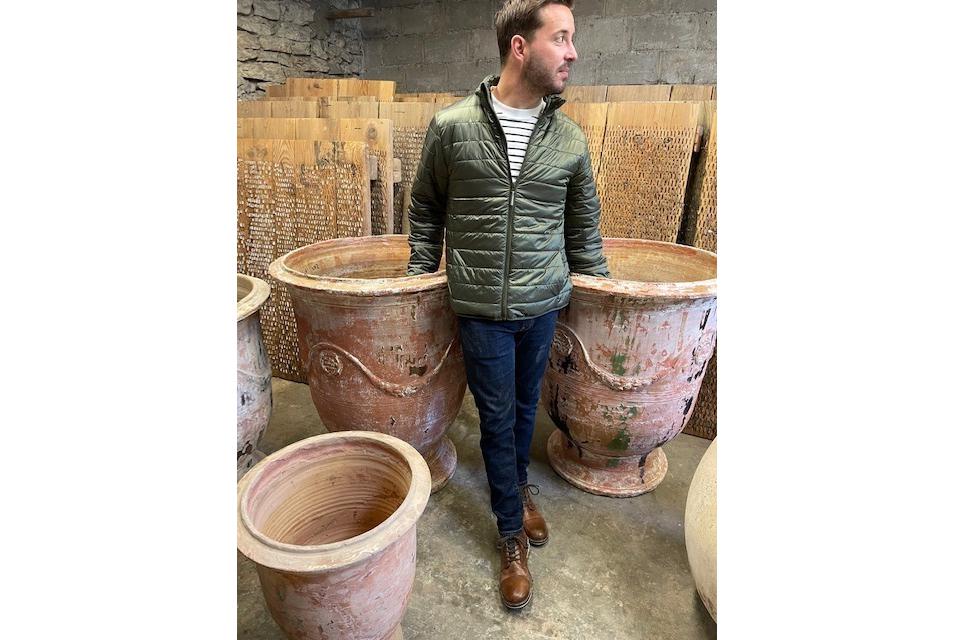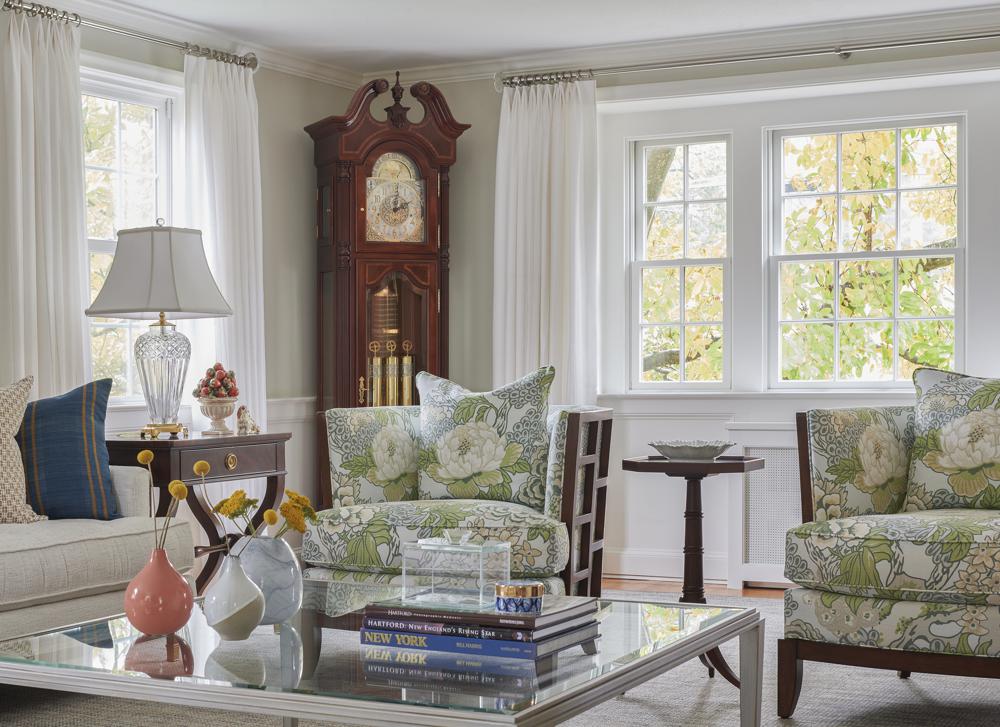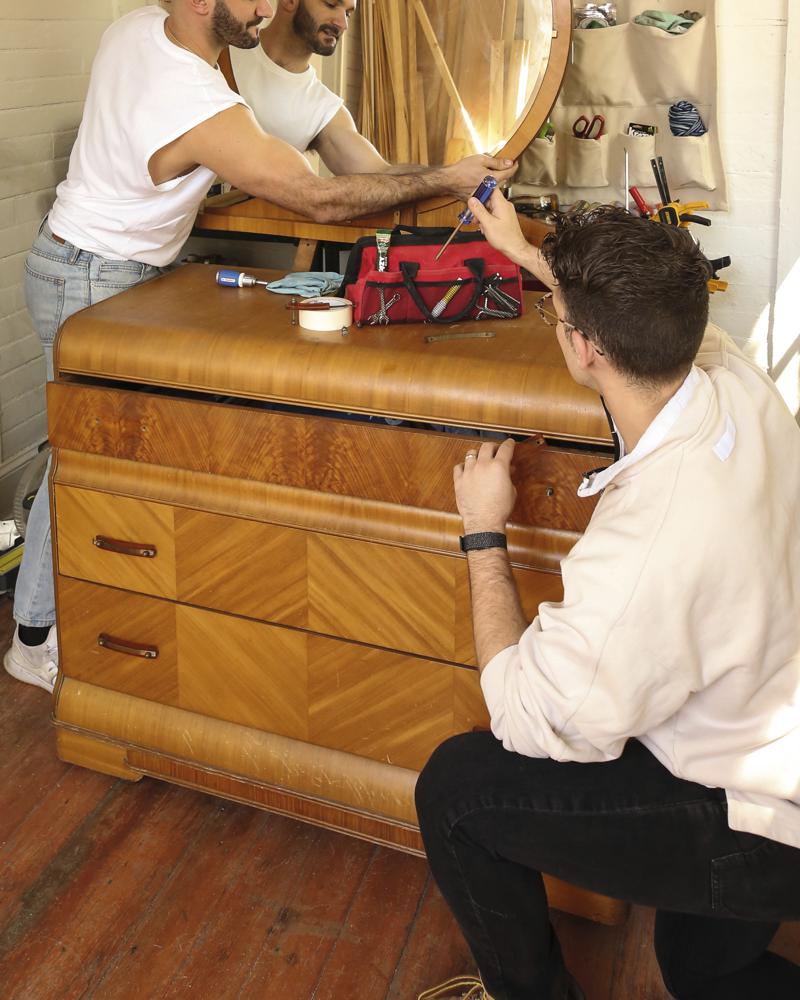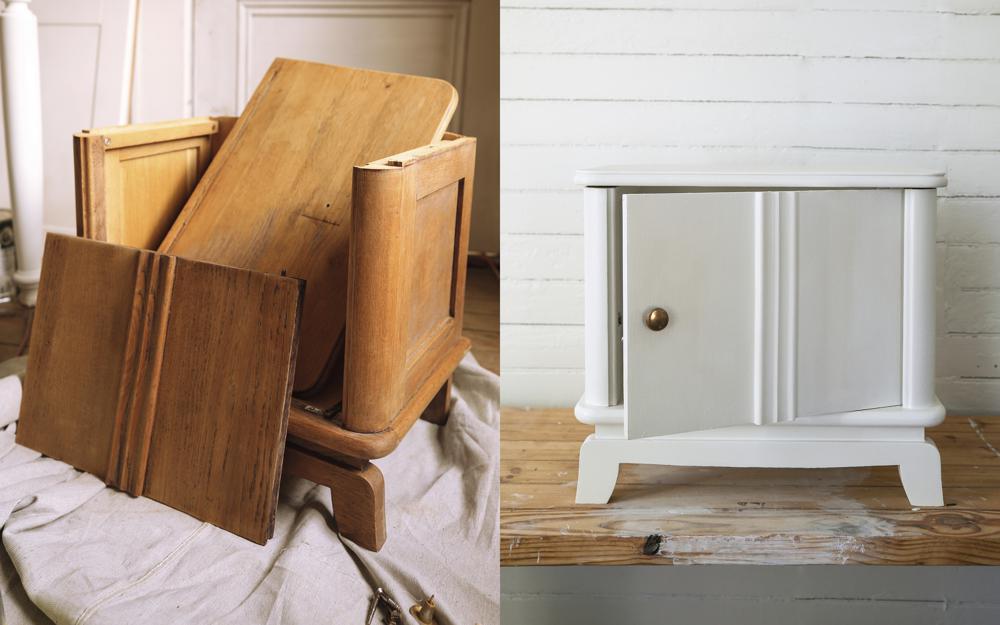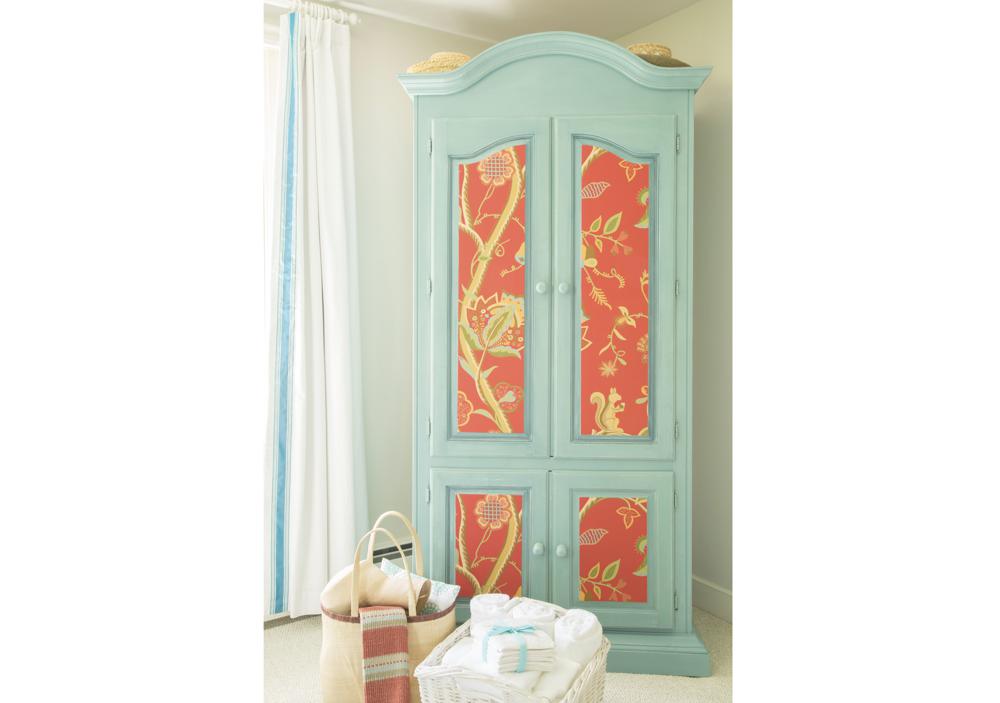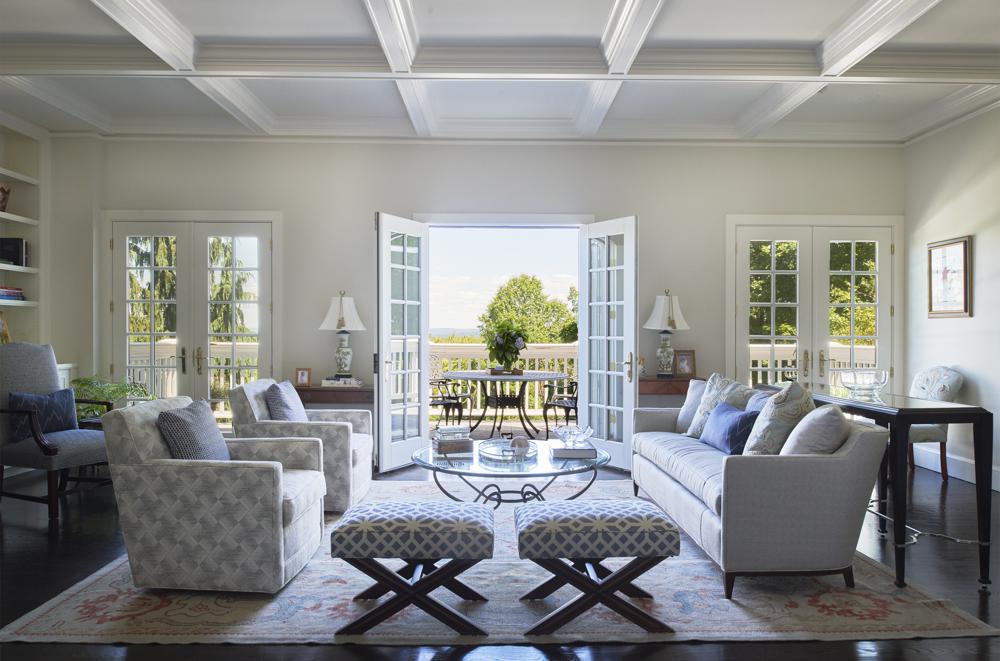There’s always been a taste for antique furnishings. These days, a widely acquired taste.
Antiques are hot partly because of supply chain delays and higher prices for many custom or mass-market pieces. There’s also the public’s turn toward sustainability: Environmentally-conscious buyers are averse to throwaway furniture, and are trying to reuse and recycle,
And as always, pop culture plays a role. Period-specific shows like “Bridgerton,” “Downton Abbey” and “Outlander” have given the styles of bygone eras a romantic glow. “Mad Men” stoked a hot market in midcentury modern furniture. And designers cite renewed interest in ’70s and ’80s decor, too.
It’s all led to crowds of designers and regular people at auctions, antique shops and estate sales. Online platforms, like vintage furniture retailer Chairish and collectibles site 1stDibs, also say sales are up.
The good news from a design perspective is that it’s easy and trendy to blend antiques into any room and mix them with pieces from any era, designers say.
A classic 18th century cherry dresser might be given glamorous, brushed-copper modern handles. A curvy ’60s floor lamp might light a room wrapped in prim Laura Ashley wallpaper.
More 20th century vintage pieces are popping up, whether it’s a finely carved Edwardian side table, a Le Corbusier chaise, a Pop Art-era mirror, or something as charming and small as a vintage book or ceramic.
The variety of old stuff is swelling beyond the boundaries of “traditional” décor. And a mix creates interesting stories in a room.
ANTIQUES AFICIONADOS PAST AND PRESENT
Designers who became famous for expertly blending periods include Billy Baldwin, whom Architectural Digest called “America’s dean of interior decoration in the 1950s and 1960s.” He created swanky homes for society figures, and favored a mix of modern and antique furniture. Baldwin said an older piece ’“gives a room flavor.”
Jay Spectre, known for sleek, dramatic interiors, was enamored of Art Deco. And female decorators like Elsie de Wolfe and Sister Parish excelled at giving elegant, turn-of-the-century European furniture room to breathe in light-filled modern spaces.
Today, designer Kelly Wearstler, for instance, brings an adventurous style to homes as well as to boutique hotels.
“My aesthetic is about mixology; always something old and something new, raw and refined, masculine and feminine,” she says.
Georgia Zikas, a designer in West Hartford, Connecticut, says modern art and an achromatic rug create a nice foundation for mixed furniture styles and dispel any dowdiness.
An example of an easy update: One of Zikas’ clients had a beautiful pair of vintage, crystal, Waterford lamps from her mother. They replaced the dated pleated shades with crisp, white, tapered ones.
REGIONAL ACCENTS
Different parts of the country seem to lean in certain directions concerning antiques.
“For example, in the South, where I’m based, French antiques are most coveted because of our historically French heritage,” says Lance Thomas, lead designer at Thomas Guy Interiors in Lake Charles, Louisiana.
“I’ve found that coastal cities like West Palm Beach in Florida, and Malibu in California, gravitate toward vintage and antique Italian contemporary pieces. The Midwest leans toward American antiques.”
Thomas says more clients than ever are asking for antiques. He and his team recently took a two-week buying trip to France to seek them out.
HOW TO BUY
If you’re purchasing antiques sight unseen, Thomas says, use a reliable auction site.
“There are some very good fakes, and reproductions that would fool even the most experienced buyers,” he says. “A reputable auction site will usually vet and list whether or not the item is authentic.”
Some of his tips for identifying true antiques: With mirrors, “pay attention to spotting. Old mirrors were made of tin and mercury or silver, and over time have oxidized to create a waviness and splotching on the front. This patina is a good sign that it’s an antique.”
For cabinets and dressers, check how well they’re constructed. Look at the back of the piece, where it’s less likely to be painted. “Are there dovetail joints rather than well-hidden Phillips screws? And look for the hinging mechanisms – are they hand-forged or machine-made?” says Thomas.
Carved and painted details can help confirm a piece’s age because they indicate the furniture-making capabilities of the era.
“Many pieces in the 18th century will have similar embellishments to those of their 20th century counterparts. But the precision and exactness improved drastically between these two time periods,” says Thomas. Curvy floral details, for example, probably won’t be as rounded on an 18th century piece, because they didn’t have the tools to create a perfect curve.
Beau Ciolino, who with Matt Armato wrote the new book “Probably This Housewarming” (Abrams), recommends the app www.estatesales.net to get alerts about sales in your area.
“The best part about antiquing is that it can be so accessible,” says Ciolino. “While the old-school auction houses have a reputation for fine antiques, we also love perusing Facebook Marketplace, Craigslist, consignment stores and estate sales.”
Other options include EBay, Etsy and ZZ Driggs, which both sells and rents vintage furnishings. You might not be able to swing the $3,000 for a James Mont Art Deco leather lounge chair, but maybe you can afford its $75 monthly rent for a year.
One source that used to be reserved for the design trade has opened its doors to the public in New York City. The Gallery @ 200 Lex is 33,000 square feet of vintage and antique furniture from dozens of dealers. You can also see what The Gallery’s dealers have posted on Incollect.
FURNITURE FLIPPING
Ciolino and Armato say they’ve seen a “furniture flipping” trend.
“While house-flipping may require a large amount of cash and time, many furniture flippers are taking worn pieces and either revitalizing them to their original glory or creating a completely new piece by re-staining, painting and replacing the hardware, and then selling them or keeping them for their own homes,” says Ciolino.
He says it’s usually best to leave reupholstering to the pros.
Wooden items, especially those without intricate details, are perfect for beginner DIYers, says Armato. “Dressers or side tables can typically use just a light sanding, paint or stain if you like, and a coat of sealant like clear enamel or linseed oil. Some metal pieces like outdoor iron chairs are also very DIY-friendly.”
Mary Maloney of Bee’s Knees Interior Design in Hopkinton, Massachusetts, reawakens old wooden furniture by painting it in cheery hues.
“My mom taught me how to spot great pieces in need of a little love and reinventing,” Maloney says. “I still treasure my first purchase – a sweet little dresser that I found on an antique excursion with her over 40 years ago. When I was updating our guest bedroom, I painted it a sunny yellow.”
Antique furniture usually needs a gentle overall cleaning before any removal or covering of unwanted scuffs and scratches. Unless antique lamps have already been rewired, it’s best to bring them to a pro. And you’ll probably want to update the shades.
—-
Kim Cook writes frequently for The AP about design, décor and lifestyles topics. She can be found on Instagram at @kimcookhome and reached at kim@kimcookhome.com.
